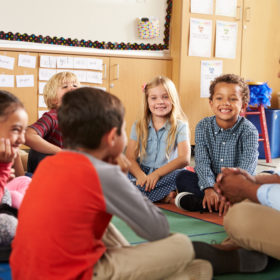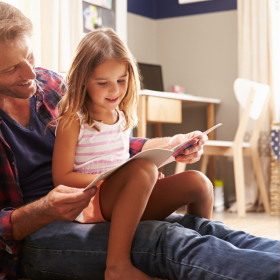5 Ways To Help Kids Learn at Home
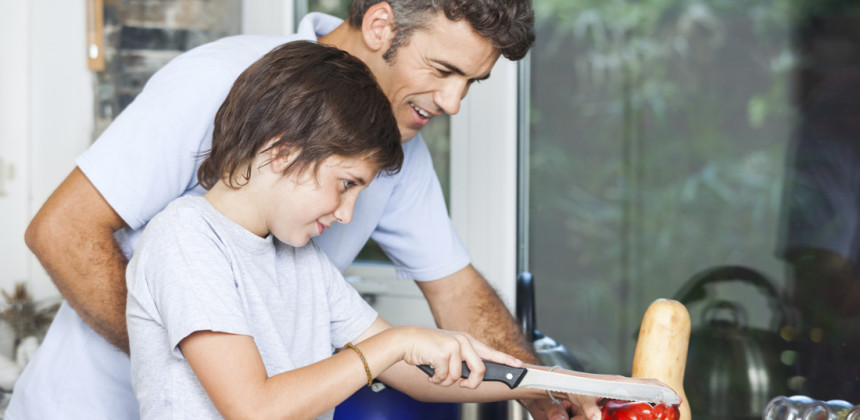
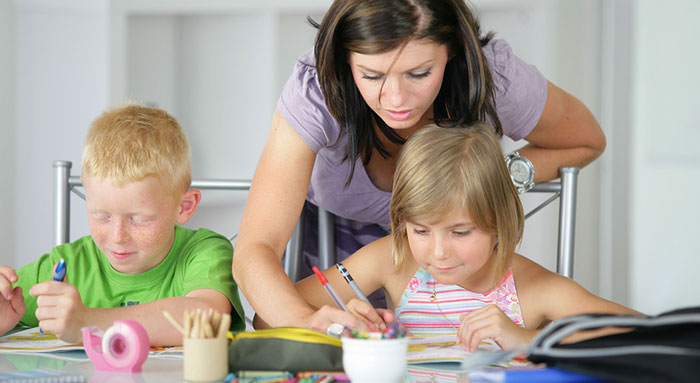
Learning doesn’t just happen in classrooms, it is an ongoing process that happens all the time (your brain even keeps working when you’re asleep). There are tons of fun ways to help children learn when they’re not in school.
Evenings, weekends, holidays—they all offer families great opportunities to spend time together, have fun, and continue learning
Here are 5 fun ways to help kids learn!
1. Get Creative
Art helps smarts! Whether it’s crafts or play-doh, playing an instrument, acting, writing poetry, painting, or building model cars… art can help kids of all ages tap into their creative side and get their brains working. Try this creative activity:
Musical Water Glasses

Gather your supplies! You’ll need:
- Sturdy glasses from the same set
- Food colouring
- Wooden spoon
This is a great activity, especially for younger children!
(idea via Little Page Turners)
Fill the glasses with different water levels and add a few drops of food colouring. This is a great opportunity to review colours with children and even fractions with older children (which glass looks like it’s half-full, which is a quarter full?)
Now use the wooden spoon to make music!
2. Get Cooking
Children love to feel like little helpers, so why not let them help with grocery shopping or cooking meals? The great thing about these activities is that they help with an integral (and often difficult) school subject: math.
Have your child decide which produce is a better bargain, or ask them to measure ingredients. Not only will they quickly learn that math is useful, but you also get to eat what you make!
Here are some kid-friendly recipes for everyone to enjoy:
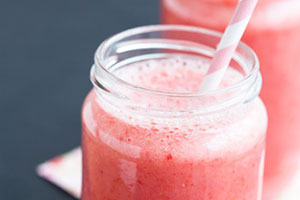
Fruit Smoothie
Eat Right Ontario has a great Fruit Smoothie that you can tailor to your child’s taste. Let your kids choose from an assortment of fruits like berries and bananas!
Blend:
- 2 cups (500 mL) milk or fortified soy milk
- 2 cups (500 mL) fruit (any of: sliced banana, mango, nectarine, frozen raspberries, blueberries or strawberries, canned pineapple or peaches)
- 1 cup (250 mL) ice cubes
- 3/4 cup (175 mL) plain lower fat (2% M.F. or less) yogurt
- 1/2 cup (125 mL) frozen orange juice concentrate
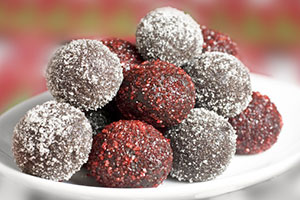
No-Bake Doughnut Holes
Mix together:
- 1 cup chocolate protein powder
- 1 cup peanut butter
- 1/2 cup honey
- 1/2 cup oatbran
Roll into small balls and coat in flaked coconut.
3. Get Outside
Fresh air is not to be underestimated! The outdoors provides a natural playground for children to learn and grow, not to mention exercise helps keep the body and brain fit.
Go on a walk around the block; hike in a nearby Conservation Area; go swimming at a public pool. You don’t even have to leave the house – plant a vegetable garden together, build a snow fort, or play basketball in the driveway. Regardless of the activity, getting outside means kids spend less time in front of screens, and that helps keep their bodies and minds active.
Here are some activity that combine intellectual and physical education:

Sundial Craft
Materials you’ll need:
- 12 x 12 piece of heavy cardstock
- block of wood
- thumb tacks
To build the sundial:
- Fold the cardstock corner-to-corner, and cut the card in half.
- Fold a flap on the bottom of the card to tack into the piece of wood.
- Attach it to the wooden block, making sure the triangle is straight up and down.
- Place the sundial on a flat surface with sun exposure.
- Every hour, mark off where the shadow is cast.
- You might even want to paint a nature design on the wood block.
- Remember to keep the sundial facing the same direction so your hour marks will be accurate
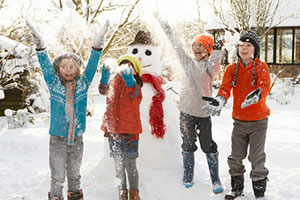
Ice Candles
In the winter months, inspiration for child-friendly activities sometimes runs dry. Turn your backyard into a Winter Wonderland with these beautiful little decorations!
Materials you’ll need:
- Small plastic tub or bucket
- Tin can or small plastic cup
- Small candle
To make the candles:
- Create a mold. Fill the bucket or pail with cold tap water and place a tin can in the center, weighing it down with small rocks
- Put the bucket outside and wait for it to completely freeze
- Remove the ice from the bucket (if it sticks, run warm water on the surface of the bucket to loosen the ice free)
- Remove the tin can inside (similarly to the bucket, you can loosen by filling the tin with warm water)
- Place the candle in the bottom of the hole the can created
You’ve got your ice candle! Create a magical scene in your backyard.
(Activity ideas from FamilyEducation.com)
4. Get Techy
It seems to be a hot topic within parenting circles – whether or not to expose your children to technology, and if so, how often? Just like everything else, technology isn’t bad when moderated… some schools are even taking advantage of what technology has to offer our children. There are some exciting learning opportunities within interactive children’s games!
Spend a rainy Saturday afternoon playing video games, like https://slot27.id/, with your child. Let them show you how to play, asking plenty of questions. Draw practical connections between the game and how things work in daily life.

For the younger ones, Leap Pad provides a very user-friendly tablet with an endless amount of educational games to purchase physically or through their online store.
For children a little bit older, there are many options available on all different consoles like your computer, traditional video games consoles, and tablets. Here are a few to explore: Little Big Planet, Big Brain Academy, Magic School Bus Activity Lab.
5. Get Reading
It’s not by chance that some of the first memories children retain are of their parents’ reading them bedtime stories. Aside from improving literacy, getting lost in a story builds character through the exploration of the imagination. Creativity and the ability to think ‘outside the box’ are enriched through reading. These are skills that will help your child throughout their adult life.
If your child is reluctant to read, remember that there are many different forms of reading – it’s doesn’t have to be a long story or novel. Try going to a local library or bookstore and browse the graphic novels and comic books. Remember, your options are not limited to these – explore!
Perhaps one of the most important things to remember is that kids are born curious, so parents should be enthusiastic about helping their children explore whatever it is that piques their interest. There is a huge world out there to explore, so learn together and learn forever!
For the new readers (around 6-8 years of age), try some of these book series:
And for children 9-12, check out these popular books:
Read more about learning:
Unicef on Child’s Brain Development
The New York Times on Technology and Story Time
Oxford Learning on How Reading from a Screen Affects Learning
Stanford University on How Children Learn

